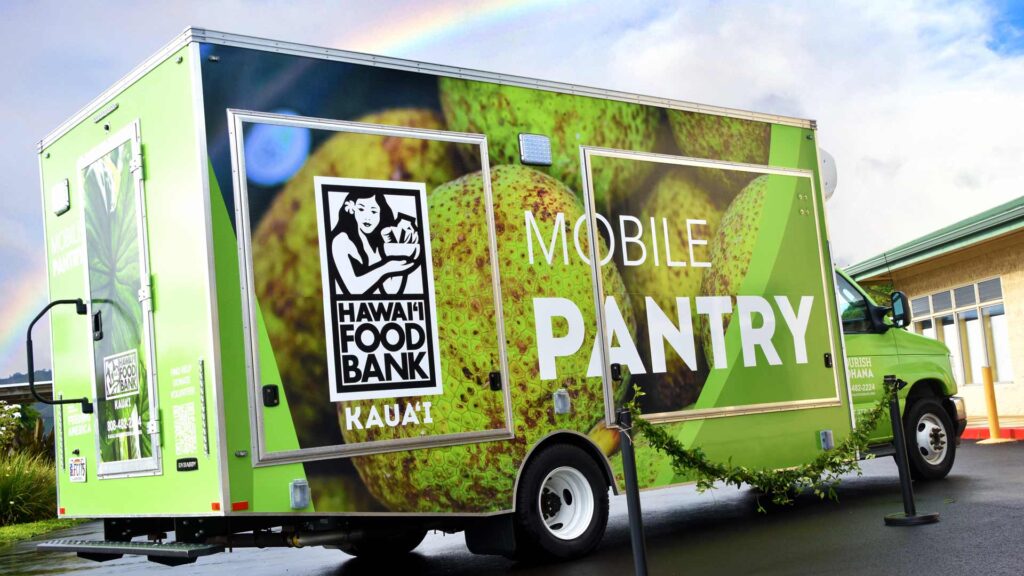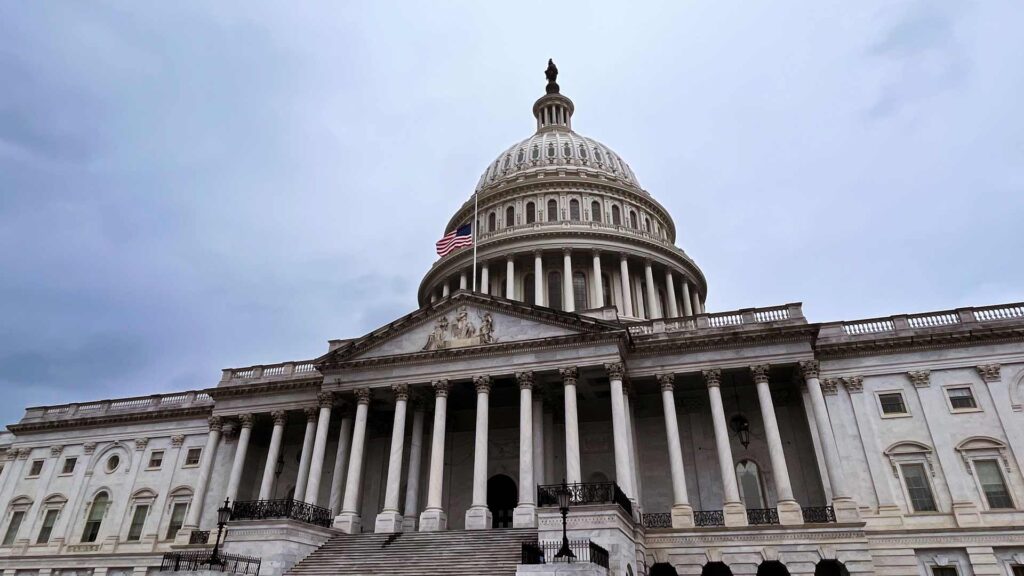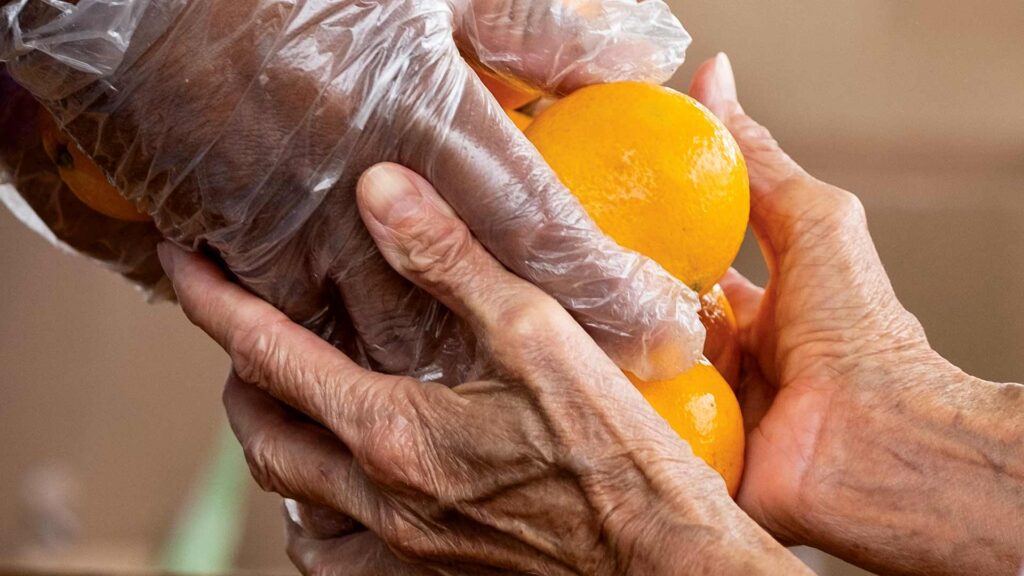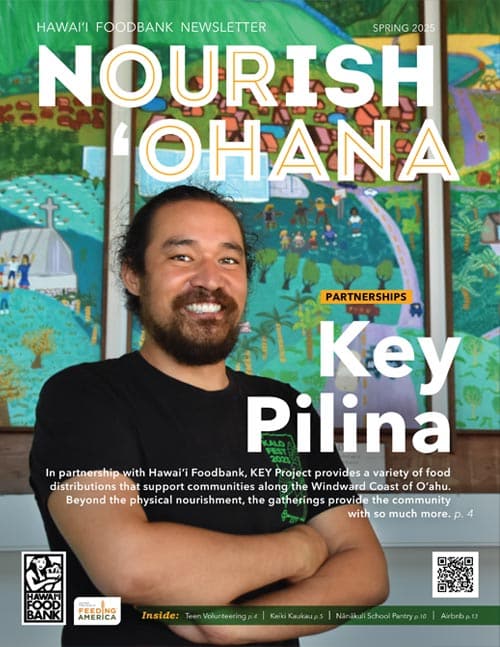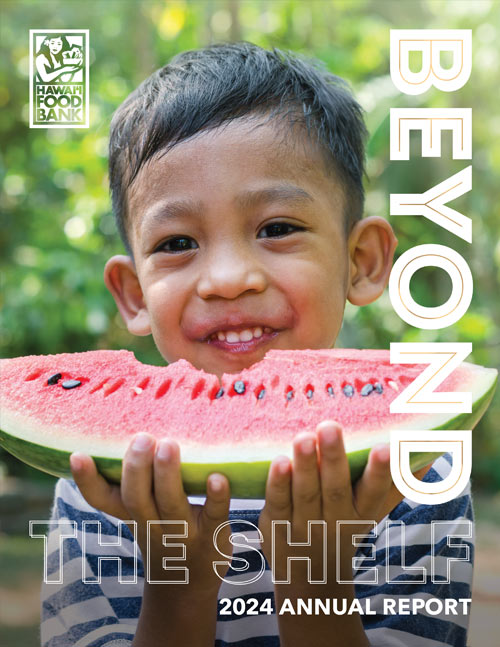No One Should Have to Choose to Go Hungry

Amy Miller
1 in 4. That’s how many keiki in Hawai‘i are struggling with hunger right now.
In fact, Hawai‘i has the second highest rate of child food insecurity in the United States. This is simply unacceptable to me, and it shouldn’t be okay with any of us.
It is important to remember that thousands of Hawai‘i residents are just one job loss, missed paycheck or medical emergency away from hunger. Currently, more than 230,000 Hawai‘i residents — nearly 1 out of every 6 — are in need of food assistance. We may not be seeing the long lines of cars on H-1 like we did at the beginning of the pandemic, but the number of people served every month remains more than 60 percent higher than before.
And hunger doesn’t affect everyone equally — our keiki face hunger at much higher rates. Children who are malnourished are less able to focus in school, less likely to reach their full potential and more at risk for illness.
With the resurgence of COVID, the drop-off in tourism and the ending of federal unemployment benefits, we’re concerned that food insecurity for our keiki will continue to grow.
Imagine having to make the choice between buying food for your family or other crucial needs — such as electricity, childcare or medicine. Due to Hawai‘i’s high cost of living, many hardworking residents are forced to do this. No one should be in the position to have to make a choice to go hungry.

At Hawai‘i Foodbank, we are working closely with our network of more than 200 food partner agencies to provide food for people affected by the pandemic while continuing to meet the nutritional needs of those who were already struggling with hunger. We are building and strengthening partnerships to help establish long-term food security for our communities and investing in programs that provide nutritious food to keiki, families and seniors.
We are also planning to expand our Food 4 Keiki School Pantry program into five more schools on O‘ahu and two more on Kaua‘i by the end of this school year. This program serves as a critical food resource for young students, their siblings and their families by providing healthy snacks for students during the day, as well as additional family food bags to take home each week. We’re serving more than two dozen schools through this program right now, and our goal is to have a pantry in every Title One school on the islands we serve. We can’t let our children go hungry.
Making a commitment to stand in the fight against hunger will give every child the opportunity to succeed without the burden of having to worry about their next meal.
With the public’s continued support, we can come together to help families achieve long-term food security. Consistent access to quality, nutritious food is a fundamental human right. Making a commitment to stand in the fight against hunger will give every child the opportunity to succeed without the burden of having to worry about their next meal.
There are a number of ways for people across the state to get involved in the movement to end hunger. Volunteer. Make a donation. And, speak out.
Hunger is insidious and sometimes invisible. With 1 in 6 Hawai‘i residents and 1 in 4 keiki facing food insecurity, chances are we all know someone who is in need of food assistance. I am proud to live in a community where so many stood up and came together when the pandemic hit and our friends, neighbors and families needed help. But, our work is not over. We must continue to stand together to find a long-term solution to the hunger crisis in Hawai‘i and ensure no one in Hawai‘i goes hungry.

